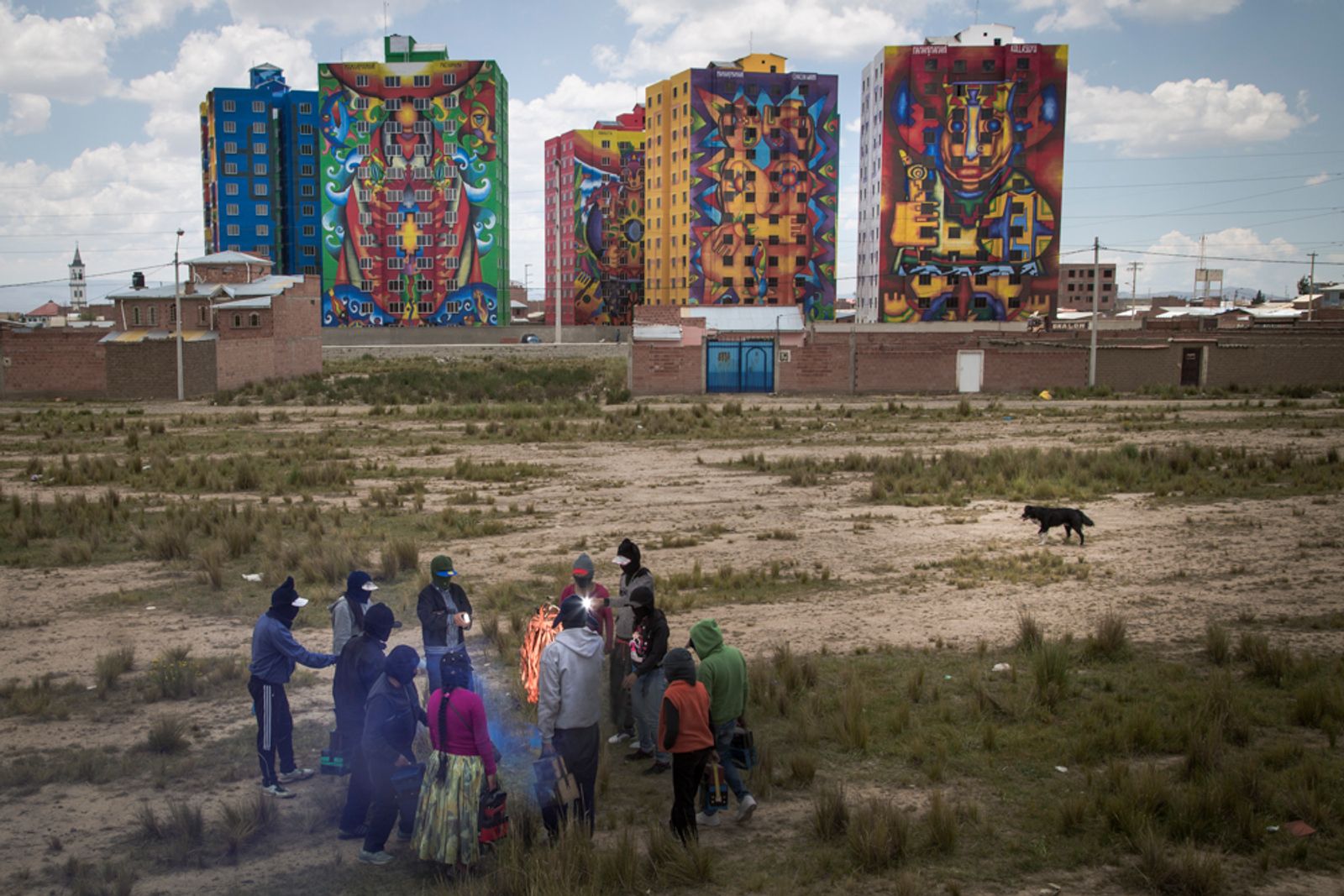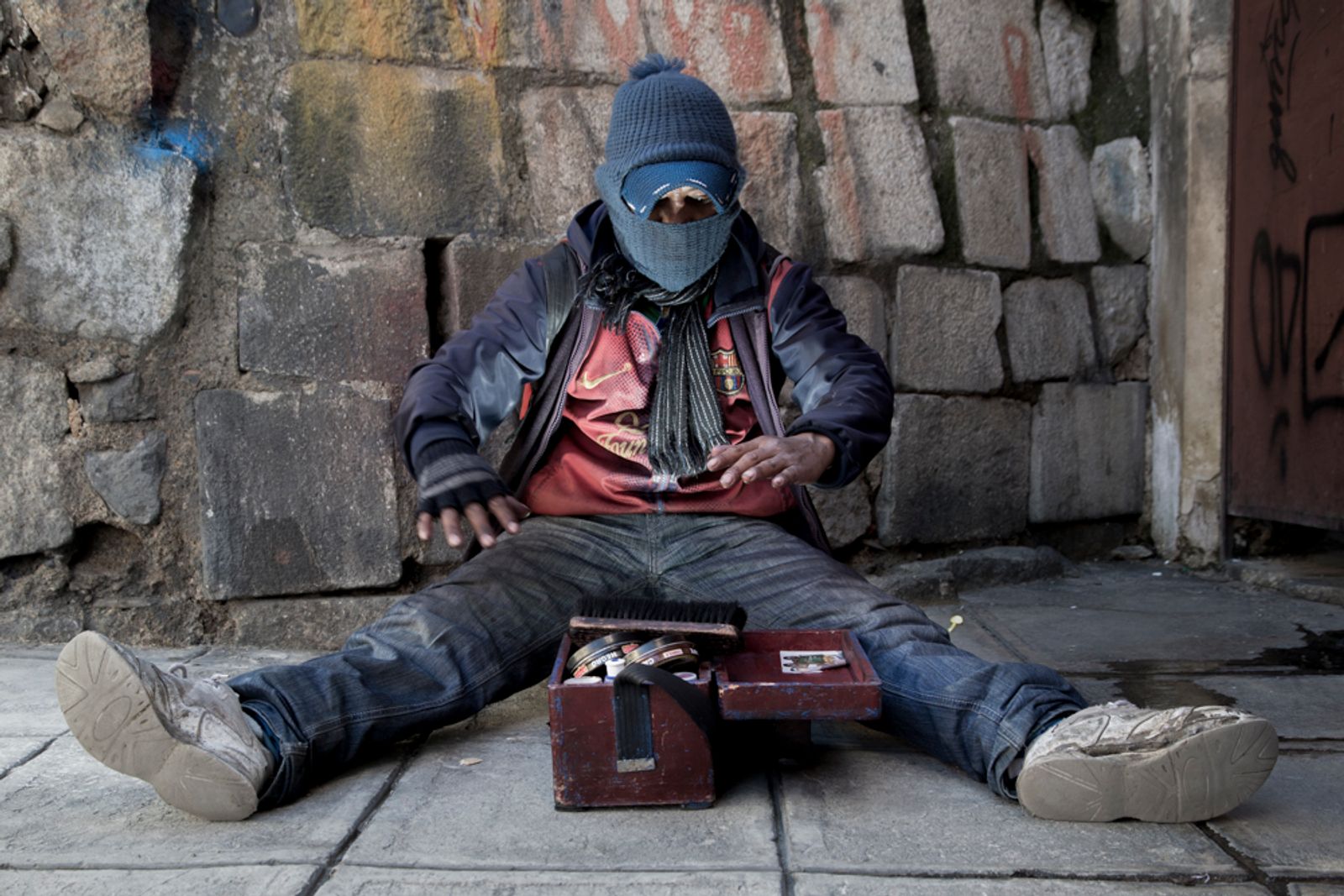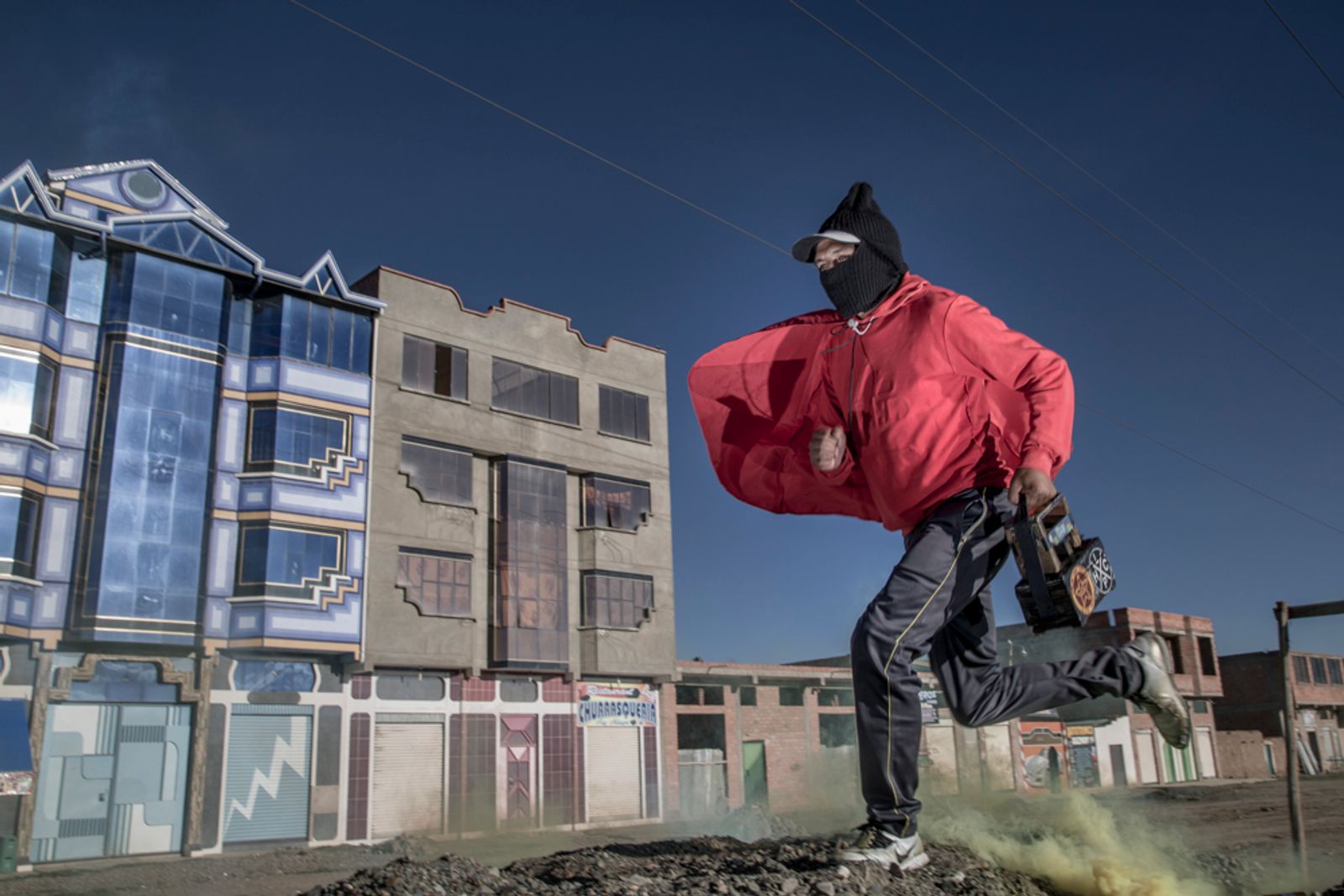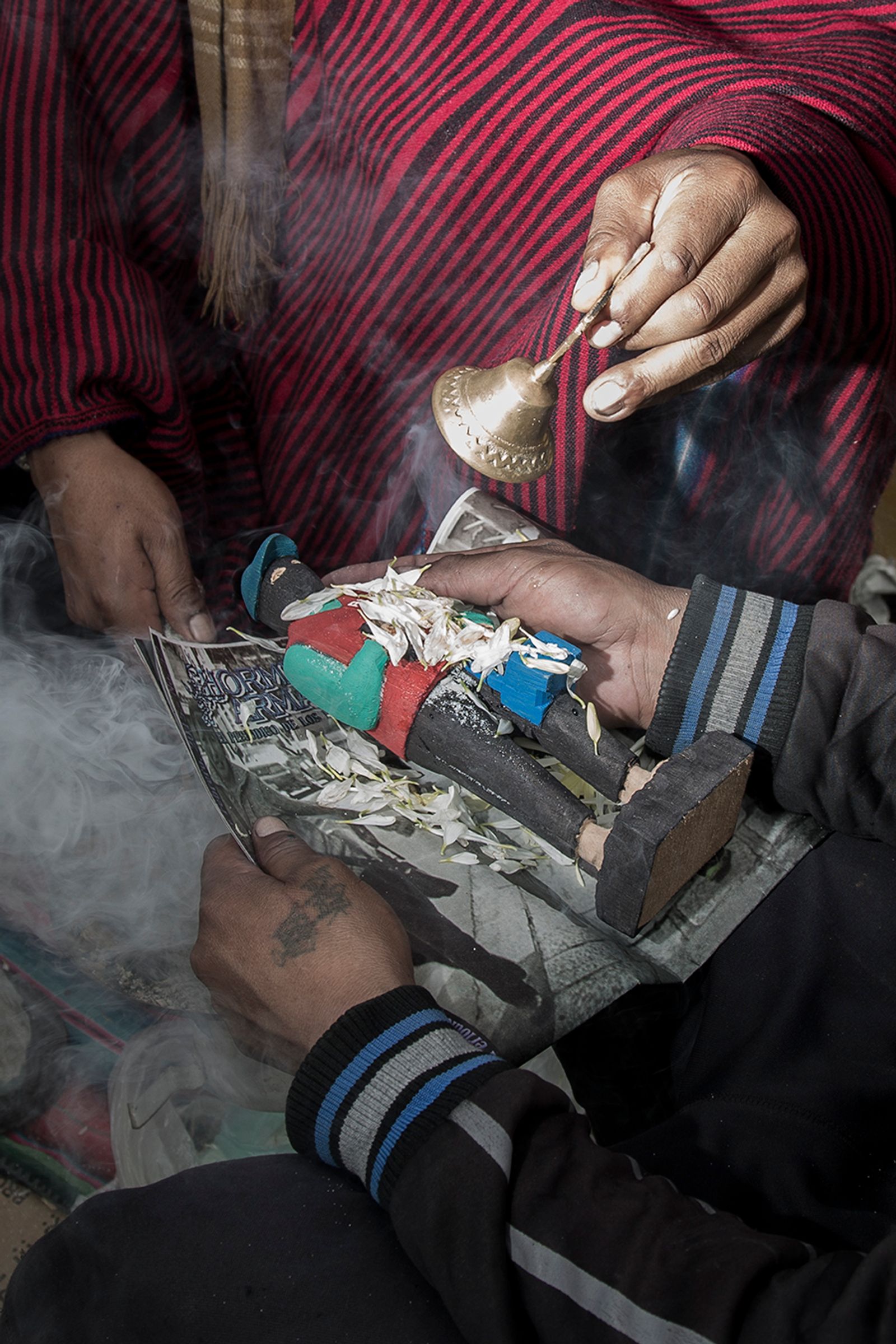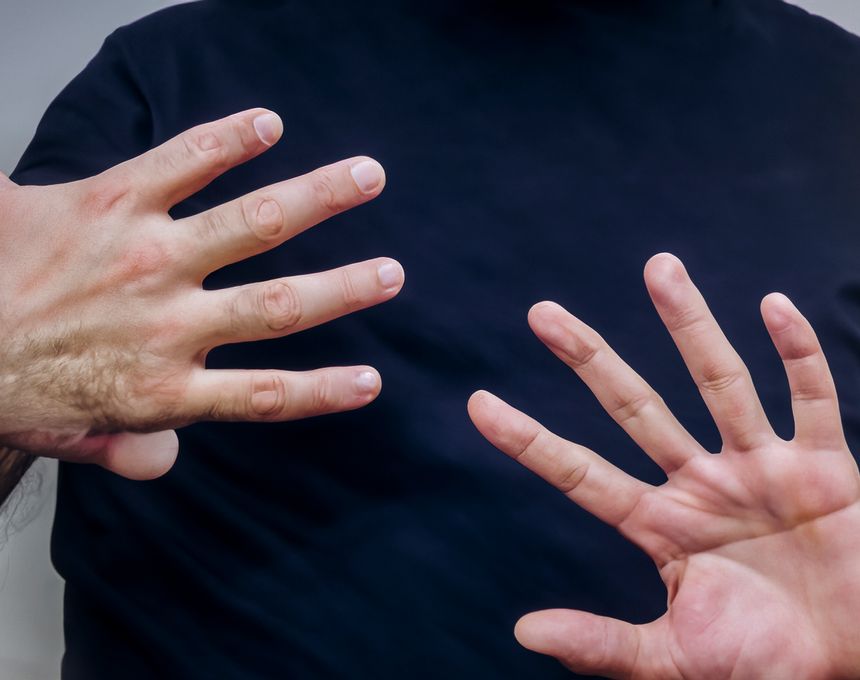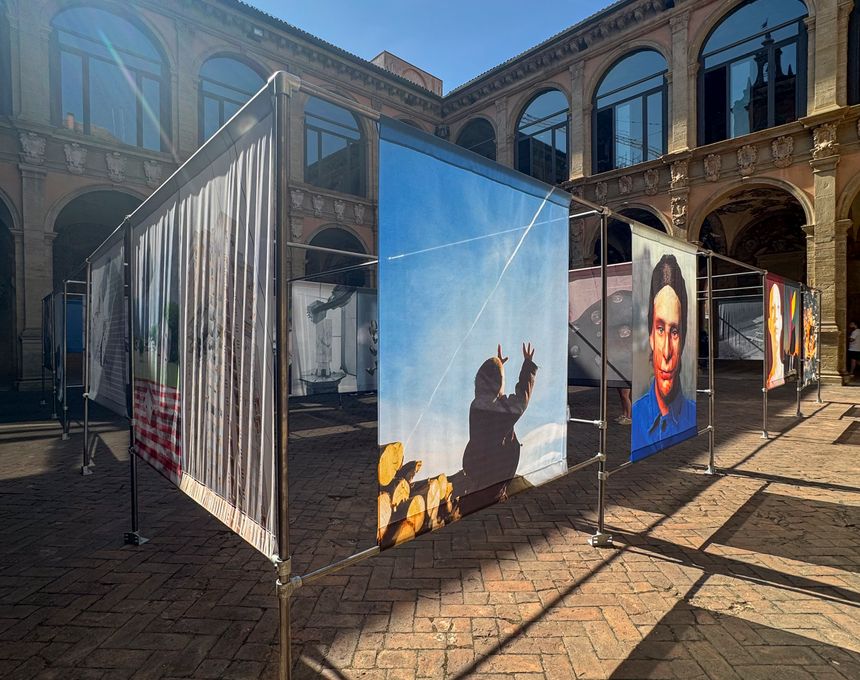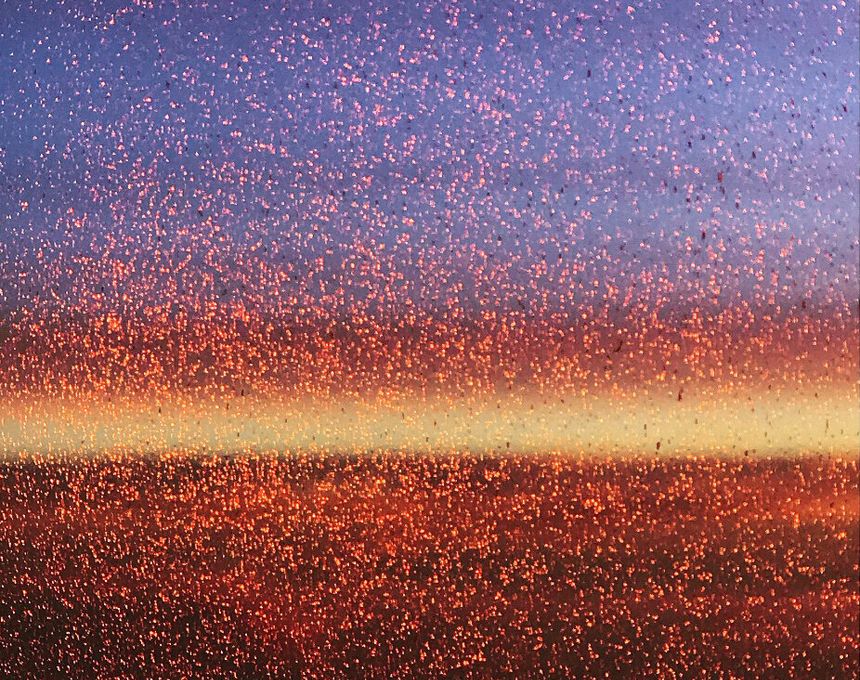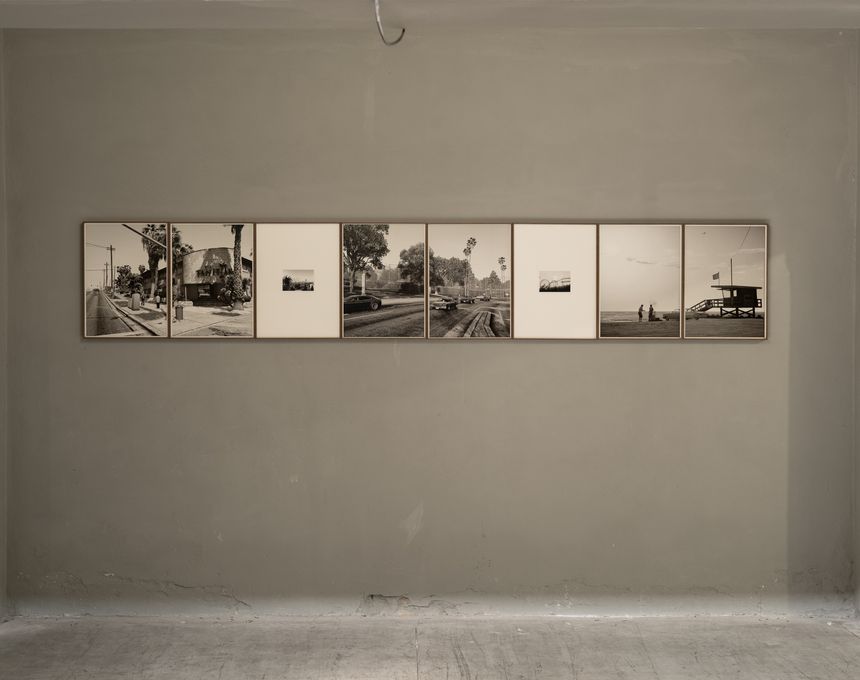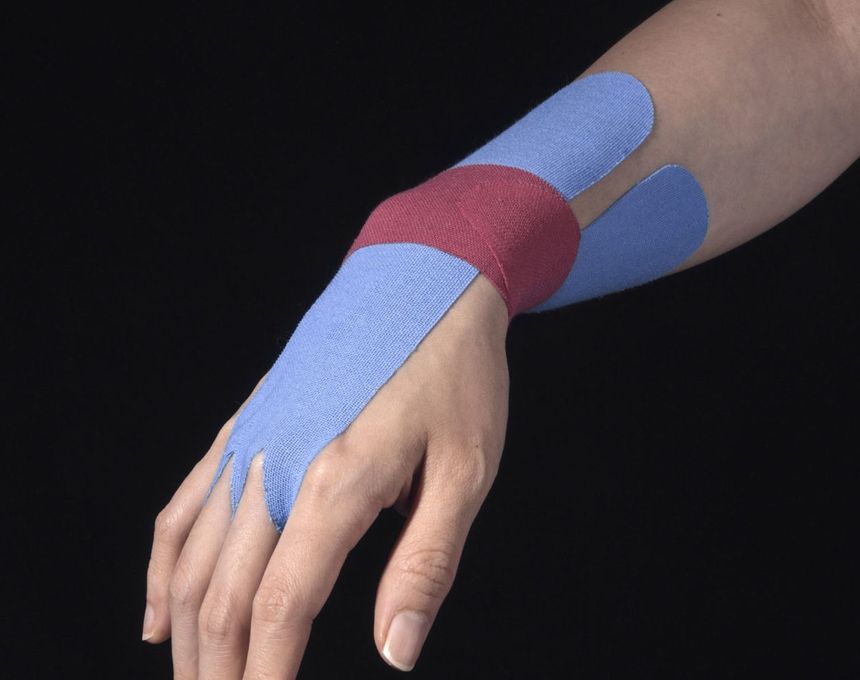The Shoe Shine Heroes of La Paz
-
Published7 Dec 2016
-
Author
"They are the actors and creatives in each scene, turning it into a participatory project with a photographic subject" says Uruguayan photographer Federico Estol, who explored the everyday lives of a group of shoe polishers working on the streets of La Paz, Bolivia.
"They are the actors and creatives in each scene, turning it into a participatory project with a photographic subject" says Uruguayan photographer Federico Estol, who explored the everyday lives of a group of shoe polishers working on the streets of La Paz, Bolivia.
Uruguayan photographer Federico Estol graduated from the Politechnic University of Cataluña in Barcelona and he is now currently working as a freelance photojournalist for local media on editorial assigments. His work has appeared in exhibitions and festivals across Uruguay, Argentina, Spain, Germany, Finland, Latvia, Brazil, the Netherlands and the United States.
He has received several awards, grants and scholarships, and published three photobooks, namely The Treasure Island, Fiestas del Uruguay, and Hello Montevideo. He was recently honored with the Latin American Prize of Photography in 2012 granted by René Burri (Magnum Photos), the Photobook Award by CDF of Montevideo in 2013, and the Latin American Fotografía Award in 2015.
How did you begin working on your project, Shine Heroes?
I was at a family gathering and my brother-in-law was back from a trip in Bolivia: he mentioned to me how strange he found young shoe polishers that wear balaclavas on the streets of La Paz. Immediately, I got the story in my head and saved it. After having done some research, I found it had full potential, and besides, it was the kind of story I like as a storyteller.
For how long did you work on the project, or is it still ongoing?
I have been visiting the city of La Paz and El Alto for about two years. I made the project with a local NGO called Hormigón Armado, which unites sixty shoe polishing families. With this group of people I developed the project in which people participate. Now, in January 2017, I will once again visit Bolivia to finish the series and put on a street exhibition with my images. The NGO will use the images I shot as postcards and sell them to the tourists in La Paz - today, those earnings represent a fixed income for all the families of the Hormigón Armado charity.
When you started your project, what was your main goal? Were you clear from the start how you wanted to represent this community in La Paz?
My main objective was not to highlight the discrimination that Bolivian society has with this group of people. The balaclava is a very important and strong element and it always has a negative connotation. While I was researching, I saw that they acted out as superheroes, so I decided to build a narrative that would exalt them in front of the citizens of La Paz.
Inspired by the journalistic comics of Jose Sacco and Art Spiegelman, we made drawing workshops and we built together a storyboard. The narrative that we decided to use was one that always shows a heroic angle of these people, using the areas of El Alto where the known Andean architecture is located in order to create a fantastical or surreal city. They are the actors and creatives in each scene, turning it into a participatory project with a photographic subject. I call it community-based visual storytelling and it relates to my background as a social activist in the rural communities of Uruguay.
Your photographs represent the workers as heroes. Can you comment on that?
The hero style happened unexpectedly on my first visit to Bolivia and then it worked for me conceptually to work with the group. They show themselves as the saviors of the city, and in fact they are: to have your shoes polished in La Paz is a symbol of status and people have this culture very colloquially - many confirm that in public offices if you don’t attend with polished shoes, people don’t serve you. Even to go to work, it is an important requisite.
However, the comic style has three rules: constantly changing perspective, action scenes with a lot of movement, and characters with defined attributes. In my photographs, I respect these precepts and I use them to deliver a new vision about the collective.
Can you talk to us about the photograph shown below. What does it represent?
The photograph is a ritual of Alasitas fair in La Paz, the main characteristic of which is the sale of a miniature statue to help make dreams come true. Here, one of the shoe polishers shows his carved ‘statue’ to bless it and give thanks for the year.
What was your biggest challenge photographing this community?
The biggest challenge is the one of changing the perception of Bolivian society with three thousand shoe shining workers that live in La Paz and El Alto. The project transformed with time and now has diversified into two aspects: one is to tell the story of discrimination seen from a positive and innovative point of view in order to make the locals reflect upon the topic. The other is that it is not a job the photographer does and then disappears: on the contrary - it has a direct benefit to the community that takes part in the project.
Personally, this project has been recognized in Bolivia Fotofest, Addis FotoFest, and it was more recently awarded the ILA prize in Italy. All these distinctions, individually are important, but are only second when the actual shoe shining workers benefit from the project by using the images to gain an economic income, and portray themselves with pride in front of their communities.
What about the shoe shining community moved you the most?
What surprised me the most was the use of the balaclava to not be recognized by the surrounding people. The discrimination for what they are going through is so strong that in their neighborhoods people don’t actually know that this is what they do for a living. At school they hide it, and even their own families think they have different jobs when they come down the El Alto region into the town centre. In similarity with super heroes, the mask is their strongest identity, which makes them invisible, but that equally unites them in secret to survive as the polishing heroes.
To learn more about this project, visit Federico's PHmuseum profile
